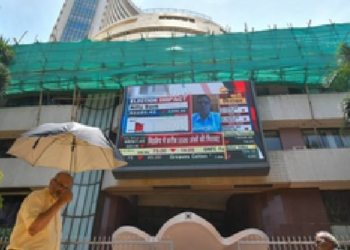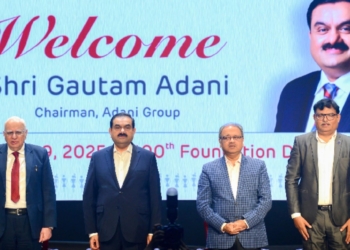Mumbai: Securitisation volume in India rose 24 per cent on-year to around Rs 2.35 lakh crore in financial year 2024-2025, the highest on record, driven by large deals originated by private sector banks and steady fund raising by non-banking financial companies (NBFCs), according to a Crisil report released on Monday.
Securitization enables banks and NBFCs to convert illiquid assets, like loans or receivables, into tradable securities, financial institutions to raise capital and transfer risk to investors.
Crisil Ratings director Aparna Kirubakaran said, “The share of securitisation by banks increased sharply to 26 per cent in fiscal 2025 from around 5 per cent in fiscal 2024 as a few banks used securitization to manage challenges arising from high credit-deposit ratios. That, and steady issuances by large vehicle financiers and mortgage lenders helped offset the decline in volume from microfinance and gold loans.”
Securitisation deals touched a record high despite a relatively tepid fourth quarter, when issuances totalled Rs 58,000 crore, well below the Rs 63,000 crore racked up in the third quarter and Rs 70,000 crore in the second quarter, the report points out.
Issuance diversity continues to improve, with 175 originators in the fiscal year 2025 compared with 165 in the fiscal year 2024. Besides, some large NBFCs securitised newer asset classes, while a few others returned after a hiatus.
Among asset classes, vehicle loans (including commercial vehicles and two-wheelers) accounted for the highest share of securitisation volume at 47 per cent compared with 43 per cent in fiscal 2024. The share of mortgage-backed loans increased to 22 per cent, compared with 17 per cent in fiscal 2024. As the regulatory curb on a large gold loan originator was lifted only towards the end of the second quarter, the share of gold-loan securitisation fell from 6 per cent to 2 per cent in the fiscal year 2025.
The asset quality stress in the microfinance sector also affected its securitisation volume, whose share declined to 11 per cent (vs 16 per cent in the last fiscal). With microfinanciers continuing to deal with rising delinquencies and implementing new guardrails, disbursements have decreased. Meanwhile, the share of both personal loans and business loans remained stable at 6 per cent and 10 per cent, respectively (~5 per cent and ~11 per cent previous fiscal).
Among the two routes of securitisation, pass-through certificates (PTCs) accounted for 54 per cent of volume, compared with 46 per cent for direct assignments (DAs). While PTCs dominated vehicle and personal loan securitisation, DAs accounted for a majority of mortgage and microfinance securitisation.
Fiscal 2025 saw replenishment deals and turbo structures as well. While investors remain cautious about unsecured lending, the structuring flexibility of PTCs helps in tailoring cash flows to suit their requirements and risk profiles. As a result, we observed investors in unsecured loan asset classes opting for turbo amortisation from day one or trigger-based turbo structures that accelerate the repayment of principal on breach of pre-defined triggers.
Overall, banks continue to be the dominant investors in the securitisation market even as other investors, including mutual funds, insurers, and alternative investment funds, are increasing their footprint. Private sector banks continue to invest in both DAs and PTCs, while public sector banks largely opt for the DA route. On the other hand, foreign banks continue to prefer PTCs.
The securitisation market in India remains on a steady growth trajectory.
The current momentum is expected to continue in fiscal 2026 as credit growth is expected to pick up at both banks and NBFCs and they lean on securitisation, finding it an efficient fund-raising tool, the report said.
(IANS)
















